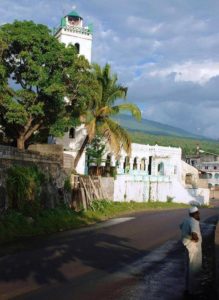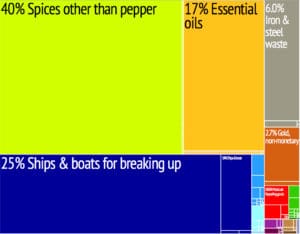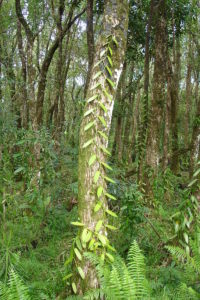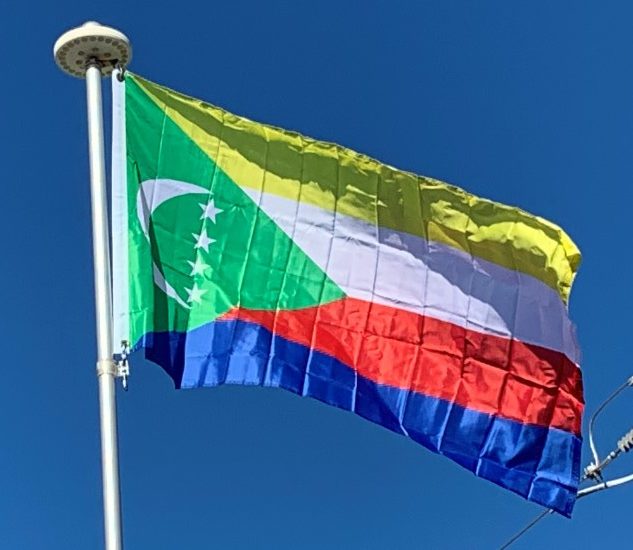
The Comoros also lays claim to the Îles Éparses or Îles éparses de l’océan indien (Scattered Islands in the Indian Ocean) – Glorioso Islands, comprising Grande Glorieuse, Île du Lys, Wreck Rock, South Rock, Verte Rocks (three islets) and three unnamed islets – one of France’s overseas districts. The Glorioso Islands were administered by the colonial Comoros before 1975, and are therefore sometimes considered part of the Comoros Archipelago. Banc du Geyser, a former island in the Comoros Archipelago, now submerged, is geographically located in the Îles Éparses, but was annexed by Madagascar in 1976 as an unclaimed territory. The Comoros and France each still view the Banc du Geyser as part of the Glorioso Islands and, thus, part of its particular exclusive economic zone.
Economy:
The Comoros is one of the world’s poorest countries. Economic growth and poverty reduction are major priorities for the government. With a rate of 14.3%, unemployment is considered very high. Agriculture, including fishing, hunting, and forestry, is the leading sector of the economy, and 38.4% of the working population is employed in the primary sector.
High population densities, as much as 1000 per square kilometre in the densest agricultural zones, for what is still a mostly rural, agricultural economy may lead to an environmental crisis in the near future, especially considering the high rate of population growth. In 2004 the Comoros’ real GDP growth was a low 1.9% and real GDP per capita continued to decline. These declines are explained by factors including declining investment, drops in consumption, rising inflation, and an increase in trade imbalance due in part to lowered cash crop prices, especially vanilla.

Fiscal policy is constrained by erratic fiscal revenues, a bloated civil service wage bill, and an external debt that is far above the HIPC threshold. Membership in the franc zone, the main anchor of stability, has nevertheless helped contain pressures on domestic prices.
The Comoros has an inadequate transportation system, a young and rapidly increasing population, and few natural resources. The low educational level of the labour force contributes to a subsistence level of economic activity, high unemployment, and a heavy dependence on foreign grants and technical assistance. Agriculture contributes 40% to GDP, employs 80% of the labour force, and provides most of the exports. The Comoros is the world’s largest producer of ylang-ylang, and a large producer of vanilla.

The government is struggling to upgrade education and technical training, to privatise commercial and industrial enterprises, to improve health services, to diversify exports, to promote tourism, and to reduce the high population growth rate.
The Comoros claims the Banc du Geyser and the Glorioso Islands as part of its exclusive economic zone.
The Comoros is a member of the Organization for the Harmonization of Business Law in Africa (OHADA).
Transportation:
There are a number of systems of transport in the Comoros. The Comoros possesses 880 km (547 mi) of road, of which 673 km (418 mi) are paved. It has three seaports: Fomboni, Moroni and Mutsamudu , but does not have a merchant marine, and no longer has any railway network. It has four airports, all with paved runways.
